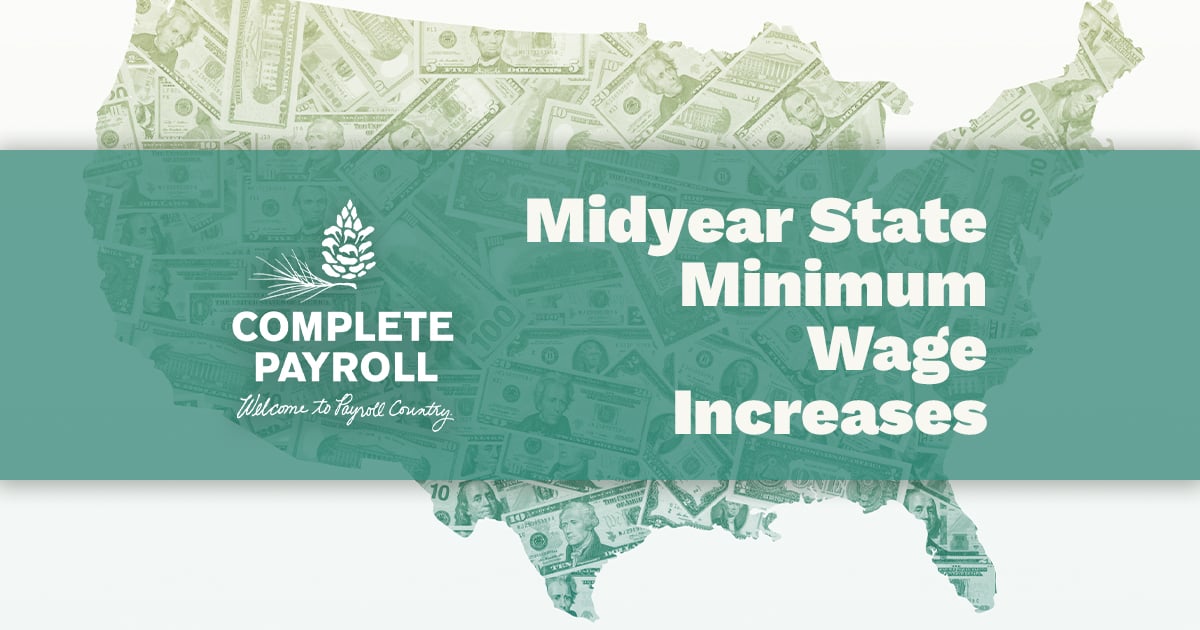Federal Affirmative Action
Overview of Law
There are three unique laws that require federal contractors to implement affirmative action programs:
1. Executive Order 11246
Employers with federal contracts, federal subcontracts, or federally-assisted construction contracts exceeding $10,000 during any 12-month period must take affirmative actions to ensure equal opportunities for minorities and women. Any bidder for a contract of $50,000 or more, with 50 or more employees, must also develop a written Affirmative Action Program (AAP). Any business or organization that holds Government bills of lading, serves as a depository of Federal funds, or is an issuing and paying agency for U.S. savings bonds and notes in any amount will also be subject to requirements under one or more of the laws enforced by OFCCP. Executive Order 11478, which amended Executive Order 11246, prohibits discrimination on the basis of sexual orientation and gender identity.
2. Section 503 of the Rehabilitation Act of 1973 (Section 503)
Employers with federal contracts over $10,000 must take affirmative action for qualified individuals with disabilities. Contractors and subcontractors with contracts over $50,000, or who have 50 more more employees, must develop a written Affirmative Actions Program.
3. The Vietnam Era Veteran's Readjustment Assistance Act of 1974 (VEVRAA)
Employers with contracts entered into before December 1, 2003, who have 50 or more employees and contracts of $25,000 or more, are required to take affirmative action to employ and advance veterans with service-related disabilities, recently separated veterans, and other protected veterans; if those with contracts are for $50,000 or more they are required to have a written affirmative action plan. Employers who have entered into contracts on December 1, 2003 or later need a written VEVRAA-compliant plan if they have 50 or more employees and contracts of $100,000 or more.
Affirmative Action Plans
If an employer is subject to Affirmative Action, they must development and maintain and Affirmative Action Plan (AAP). An AAP includes the policies and practices that the employer is going to follow in order to ensure that all qualified applicants are receiving fair consideration and treatment, regardless of their inclusion in any class protected by the law. The APP should include steps to ensure that the employer's workforce has a demographic make-up similar to the labor pool from which they recruit (e.g., if 20% of qualified applicants in the area are Hispanic, the employer should attempt to have a workforce that is approximately 20% Hispanic). Effective AAPs will list specific actions the employer will take, and will address auditing and reporting mechanisms that will help them reach the goals of the APP.
Got a labor law question?
Our team helps employers with labor law compliance every day. Complete the form below to ask a question or request some help.
General Disclaimer
The materials and information available at this website and included in this blog are for informational purposes only, are not intended for the purpose of providing legal advice, and may not be relied upon as legal advice. The employees of Complete Payroll are not


















